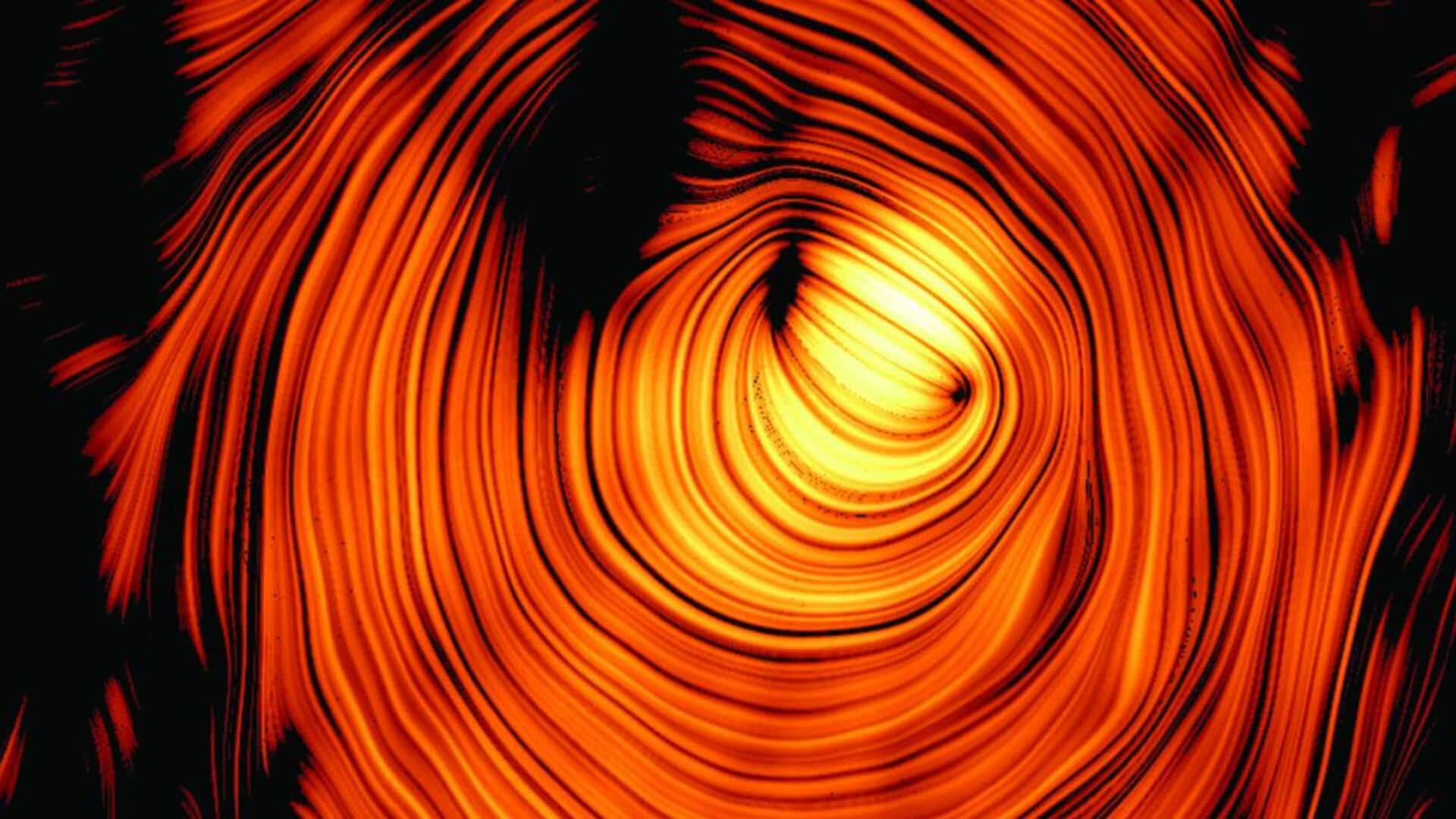
This cosmic jet brings 'Lord of the Rings' to life
What's the story
Astronomers have observed a cosmic jet that resembles the mythical "Eye of Sauron" from J.R.R. Tolkien's Lord of the Rings. The discovery was made using 15 years of radio observations from the Very Long Baseline Array (VLBA). The research, published in Astronomy & Astrophysics, explains how a seemingly slow-moving blazar known as PKS 1424+240 could be one of the brightest sources of high-energy gamma rays and cosmic neutrinos ever seen.
Cosmic mystery
PKS 1424+240 emits high-energy gamma rays
Located billions of light-years away, blazar PKS 1424+240 has long puzzled astronomers. It is the brightest known neutrino-emitting blazar in the sky, as per IceCube Neutrino Observatory, and also emits very high-energy gamma rays detected by ground-based Cherenkov telescopes. However, its radio jet appears to move slowly, which contradicts the expectation that only the fast-moving jets could be behind such exceptional brightness.
Relativistic effect
Rare alignment allowed scientists to map jet's magnetic field
The alignment of the jet in the direction of Earth amplifies its high-energy emission by special relativity. "This alignment causes a boost in brightness by a factor of 30 or more," said Jack Livingston, co-author of the study at Max Planck Institute for Radio Astronomy (MPIFR). He also explained how this head-on geometry allowed scientists to look straight into the blazar's jet, an extremely rare opportunity that helped map out its magnetic field structure.
Magnetic mapping
Research confirms supermassive black holes accelerate protons
The polarized radio signals helped reveal the helical or toroidal shape of the jet's magnetic field. This structure is crucial for launching and collimating plasma flows, and could be key to accelerating particles to extreme energies. "Solving this puzzle confirms that active galactic nuclei with supermassive black holes are not only powerful accelerators of electrons but also protons, the origin of high-energy neutrinos," Yuri Kovalev, lead author of the study at MPIFR concluded.